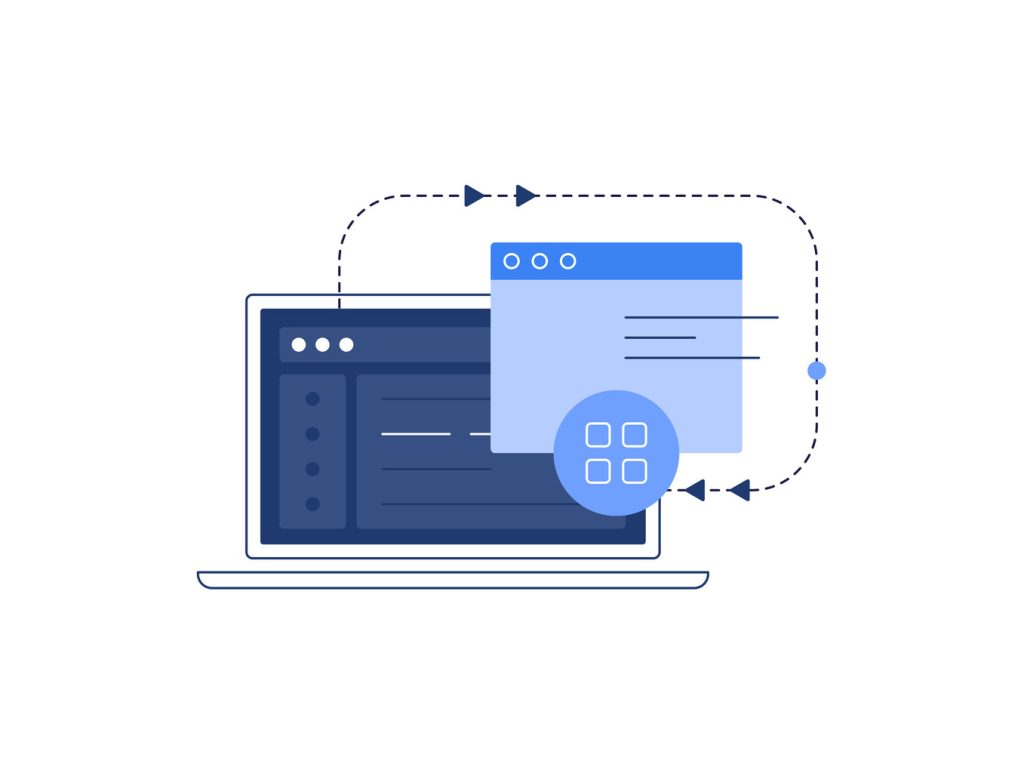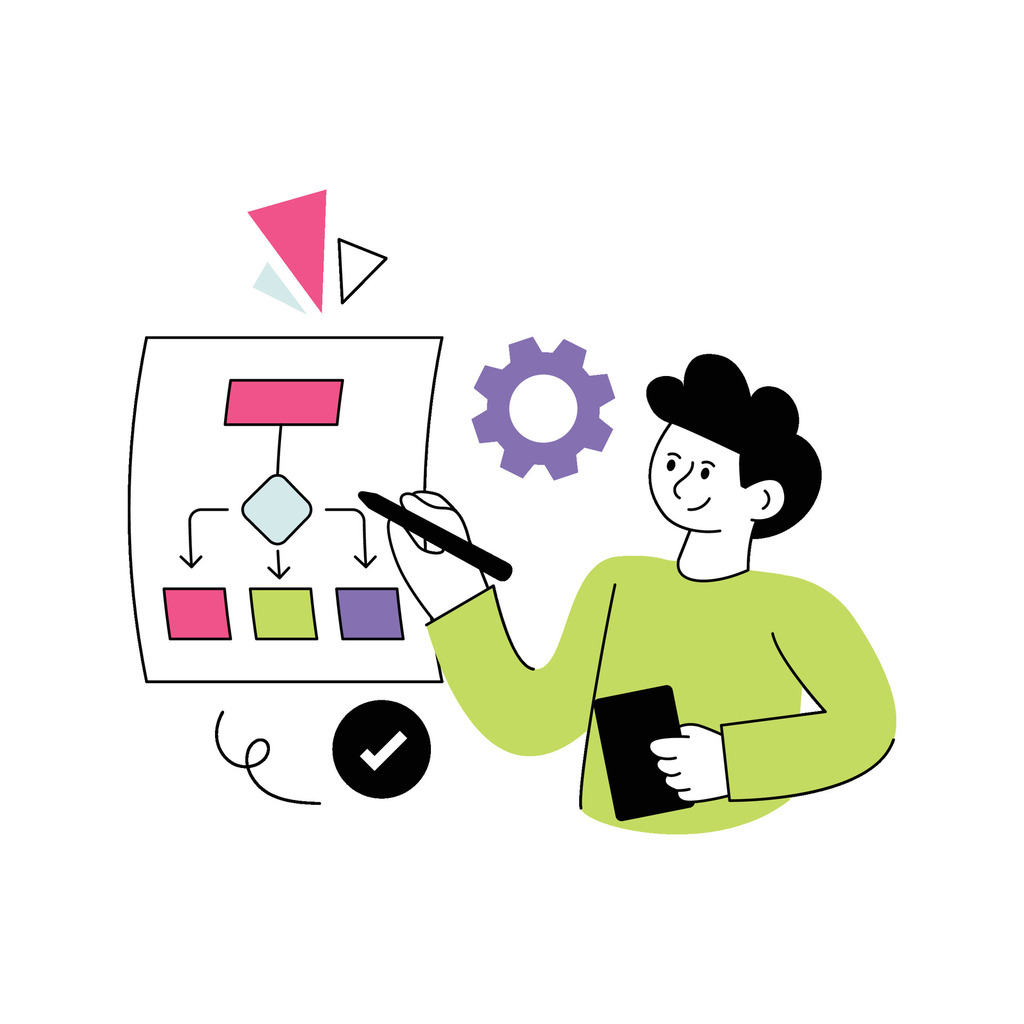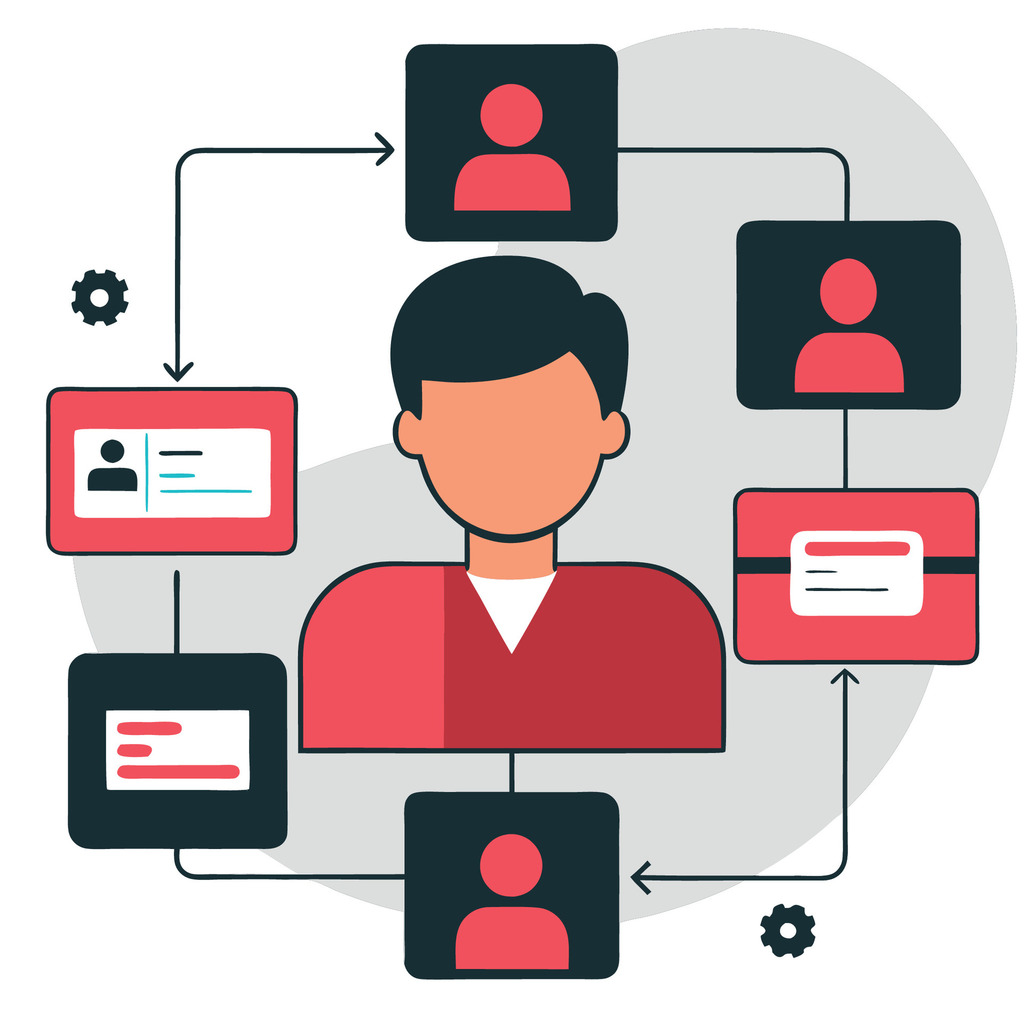Streamline Operations with Custom Workflows: How-To

Business automation is no longer optional in competitive markets. Workflows transform manual processes into precision-driven systems, eliminating bottlenecks across departments. These tools automatically enroll records based on criteria like customer behavior or inventory thresholds, then execute predefined actions without human intervention.
Modern solutions support automation for contacts, deals, tickets, and 15+ other object types. Teams in retail might design sequences for gift wrapping requests, while manufacturers automate quality checks for engraved products. Platform-agnostic systems adapt to unique needs – whether managing subscription renewals or tracking sales goals.
Collaboration tools like Slack demonstrate workflow versatility. Triggers such as new channel messages can kickstart processes: updating project boards, assigning tasks, or alerting managers. Variables store dynamic data like customer names or deadlines, while buttons let users approve steps instantly.
Effective implementation starts with mapping triggers to business events. A support ticket submission might auto-assign agents based on expertise. Subsequent steps could escalate unresolved issues after 24 hours. Each workflow becomes a self-regulating component of broader operational strategies. Integrating detailed analytics also plays a crucial role in refining these workflows. By analyzing ticket trends and response times, teams can identify bottlenecks and optimize ticket escalation processes to improve resolution efficiency. Continuous feedback from agents further enhances the system, ensuring that workflows evolve with changing business needs.
Key Takeaways
- Automation reduces errors by replacing repetitive tasks with rule-based systems
- Workflows handle diverse operations from sales pipelines to product personalization
- Platforms like Slack use triggers and variables to streamline team communication
- Successful designs align technical configurations with strategic business goals
- Testing enrollment criteria ensures workflows activate under correct conditions
Understanding the Basics of Custom Workflows
Efficient process management has become a cornerstone of successful business strategies. Automated systems eliminate repetitive tasks through intelligent rule-based architectures, enabling teams to focus on high-value activities.
What Are Intelligent Automation Systems?
These systems replace manual interventions with structured sequences. Triggers initiate processes when specific conditions occur – like inventory reaching critical levels or customers abandoning carts. Action steps then execute tasks such as sending alerts or updating records.
Platforms like HubSpot use filter-based triggers for marketing campaigns, while Slack activates processes through emoji reactions. Dynamic variables store data like customer preferences, ensuring each action adapts to real-time information.
Operational Advantages of Structured Automation
Businesses gain multiple strategic benefits:
- Faster task completion: Reduce approval cycles from days to minutes
- Error reduction: Automated checks prevent shipping mistakes
- Scalable processes: Handle 10 or 10,000 orders with identical precision
Managers control permissions through centralized dashboards, modifying steps as needs evolve. A retail example shows how automated replenishment workflows cut stockouts by 42% in three months.
These systems create audit trails for compliance while connecting CRM, ERP, and communication tools. The result? Unified operations that drive measurable growth.
Creating and Implementing Workflows from Scratch

Modern enterprises achieve operational precision through tailored automation paths. Platforms like HubSpot and ShipHero offer distinct interfaces for building processes that match unique business rhythms.
Step-by-Step Workflow Creation Process
Begin by navigating to automation hubs like HubSpot’s Workflows section or ShipHero’s settings menu. Select “From scratch” to design sequences without template constraints. Define objectives first—whether automating customer follow-ups or inventory replenishment.
| Platform | Trigger Types | Data Sources | Action Tools |
|---|---|---|---|
| HubSpot | Filter-based | 50+ objects | AI-assisted cloning |
| ShipHero | Scheduled | Warehouse stations | 200-character guides |
| Slack | Event-based | Channel messages | Task assignments |
Setting Enrollment Triggers and Actions
Triggers activate processes when conditions align. A retail business might use inventory thresholds, while service teams employ ticket submission timestamps. Configure actions using + icons—clone email alerts or move approval steps between stages.
Integrating Workflow Steps and Data Variables
Link CRM data to shipping systems by inserting variables like customer addresses. In HubSpot, pull from 50+ sources to personalize communications. Warehouse managers assign stations with concise 200-character instructions to prevent bottlenecks.
Utilizing Templates and Advanced Settings in Workflows
Pre-designed automation frameworks offer businesses a shortcut to operational efficiency. Template libraries provide ready-made solutions for common tasks like lead nurturing or inventory alerts, reducing setup time by up to 68% according to Salesforce research.
Leveraging Pre-Built Workflow Templates
Platforms like HubSpot and Zoho organize templates by objective—marketing campaigns or order fulfillment. Filters help teams find options matching their industry needs. Preview panels display trigger conditions and required data sources before activation.
| Platform | Filter Options | Preview Features | Compatibility Checks |
|---|---|---|---|
| Salesforce | Deal size | Step-by-step visualization | License tier alerts |
| Shopify | Order volume | Action timelines | App integration status |
| Zendesk | Ticket priority | Variable mapping | User permission levels |
Customizing Advanced Workflow Settings
Execution rules determine how systems handle overlapping triggers. Managers can set escalation protocols if tasks remain incomplete for 12+ hours. Notification settings let teams choose between email alerts or Slack pings for approvals.
Default enrollment applies automation to existing records meeting criteria. For compliance-sensitive operations, toggle this off to process only new entries. AI-generated names and descriptions help maintain clear documentation across departments.
Custom Workflows: Best Practices for Streamlined Operations

Operational excellence demands more than just automation—it requires intelligent design. Businesses that master workflow architecture reduce errors by 38% while accelerating task completion, according to McKinsey research. The key lies in balancing technical precision with adaptability.
Automating Business Processes with Integrated Tools
Third-party integrations transform isolated systems into unified engines. Platforms like ShipHero require Multi-Item Batch Picking configurations for warehouse efficiency. Connector steps enable secure authentication with external tools, syncing data across CRMs and inventory systems.
Consider these integration essentials:
- Use API tokens for payment gateways to maintain compliance
- Map customer variables between marketing and support platforms
- Schedule CRM automation strategies to trigger shipping updates
Ensuring Compliance and Scalability
Re-enrollment triggers let workflows adapt to changing criteria. A retail chain might reprocess orders if delivery dates shift. Minimap navigation helps teams visualize complex sequences—critical when managing 50+ steps.
Audit trails automatically document every action, while 30-day undo windows protect against configuration errors. One logistics company reduced system downtime by 74% using these safeguards.
Performance optimization starts with stress-testing workflows under peak loads. Limit API calls during high-traffic periods and enable error-handling rules. As one operations director noted: “Scalable automation isn’t about doing more—it’s about doing it smarter.”
Conclusion
Adopting intelligent automation strategies drives operational efficiency across industries. Successful implementation hinges on meticulous planning—verifying workflow details, configuring enrollment rules, and setting precise timing parameters. Automated naming conventions and smart notification settings reduce manual oversight while maintaining compliance standards.
Monitoring execution history provides actionable insights into process effectiveness. Teams can track completion rates, identify recurring bottlenecks, and optimize steps for faster resolution times. Platform-specific factors like warehouse layouts and hardware requirements ensure seamless integration with existing infrastructure.
Long-term success requires documenting procedures and training staff on updated protocols. Organizations that master these elements achieve measurable improvements in response time, error reduction, and scalability. The result? Sustainable competitive advantages through precision-driven operations that adapt to evolving market demands.

